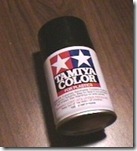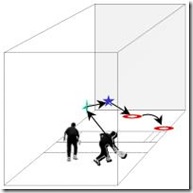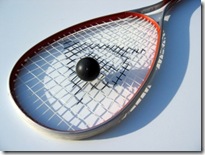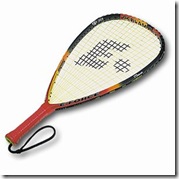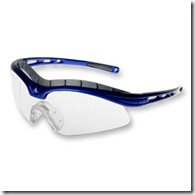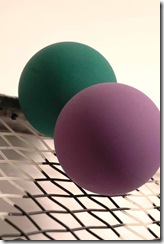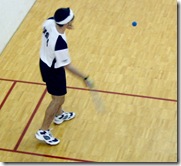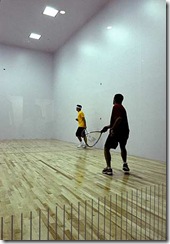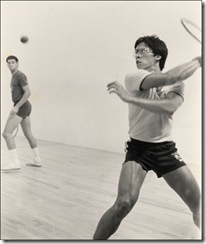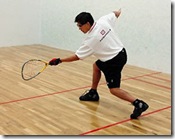So I haven't had a lot of time to play racquetball this summer; I've been too caught up playing hockey and seeing how fast I can climb the Grouse Grind. Alas, I don't want people to think I've forgotten about racquetball, however this does seem to happen every year. When it gets nice out, I tend to gravitate outdoors (aside from hockey).
Anyway, I thought maybe I'd give people a bit of a history lesson in racquetball today. If you were unaware, racquetball was originally created by a man named Joe Sobek. Sobek played tennis and handball but didn't think either one was fast enough paced; so what did he do? He created a sport which he called Paddle Rackets!
The name Paddle Rackets didn't last too long and before long it was renamed to what we now call it;racquetball
Racquetball grew very aggressively over the 1970s and 1980s but seemed to have hit a plateau in the 1990s, however the player base is still quite strong with over 5.5 million players world wide.
Unfortunately racquetball doesn't have a huge elaborate history like some other sports, but that is probably due to the fact the sport is only around 60 years old. Maybe next century we will have a little more drama to back racquetball history up!
Check out The History Of Racquetball for a more detailed history of our beloved sport!
